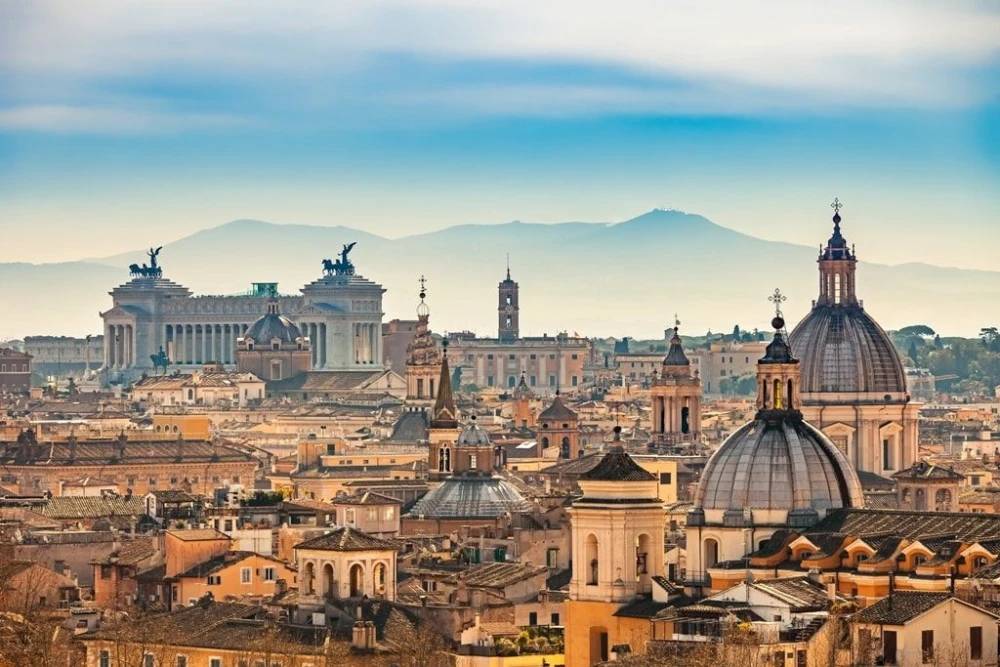15124, Maroysi, Athens, Greece
Marseille (Provence), Palma De Mallorca, Valencia, Civitavecchia (Rome)


Marseille is the largest port on the Mediterranean, France's second largest city and a virtual melting pot of peoples and cultures. It is a unique city with a feel and culture all its own. It is also a place of striking contrasts, from the fishing boats of the picturesque Vieux Port to the modern Canebiere. Dominating the harbor is the infamous Chateau d'If, the rocky prison from which Alexandre Dumas' "Count of Monte Cristo" escaped. If you have time, explore the countryside around Arles and Avignon, immortalized in the canvases of Van Gogh, Cezanne, Matisse and Picasso, try the renowned bouillabaisse or tour the lovely towns and vineyards of Provence.

Palma is a busy commercial and cultural center, capital city of the autonomous community of the Balearic Islands of Spain. Situated on the south coast of the island on the Bay of Palma, it became a tourist destination in the 1950s and till today it is considered as one of Europe’s major holiday destinations.The historic centre is the oldest part of the city and a refreshing area for a stroll at the narrow and shady streets, which will give you a chance to peek in at a number of private courtyards. The city flourished during the 19th century and today, it mixes perfectly, the modern hotel chains and flashy shops with the old architecture in the Old Town. A walk along the narrow streets will reveal the restored 13-th century cathedral standing proud in the center of town. Among Palma's lovely sights are the Gothic-style Bellver Castle, the Almudaina Palace, once home to Mallorcan kings, the Arab bath building, the only building dating to the Arab settlement, Plaça del Mercat and interesting art nouveau buildings.
Since its founding as a Roman colony in 138 B.C., the Visigoths, the Moors, the Catalan and Aragonese and the modern tomato-throwers have thrived on the shores of the Mediterranean at the Gulf of Valencia. Valencia is a mix of the old and the new. The historic past is depicted in the stone geometry of the Valencia Cathedral, the mediaeval gates of the Serrano and Quart towers, or the Tribunal de las Aguas (Water Court) and one of the most iconic examples of Gothic architecture in Europe, the Lonja de la Seda, declared an Intangible Cultural Heritage site by UNESCO. The new facet is embodied in the arching white steel of the futuristic City of Arts and Sciences, designed by Valencian architect Santiago Calatrava.

Our gateway to the Eternal City, Civitavecchia has served as Rome's seaport since the 13th century, boasting a long and venerable history. Its location near the modern city, made it a perfect vacation resort for emperor Trajan, who built a pleasure villa. while Bernini and Michelangelo designed the harbor fortifications. Yet the Eternal City, the ancient capital of the Western World and the center of Christianity for nearly 2.000 years, is our main reason to be here. YYou can visit the ruins of the Forum and the Colosseum, throw a coin in Fontana di Trevi to make sure you return to Rome one day, take a photo in front of the Vatican, view the splendors of the Sistine Chapel or climb the Spanish Steps, once the heart of Rome's Bohemian Quarter and enjoy a delicious gelato, in the glamorous area.
Itinerary






